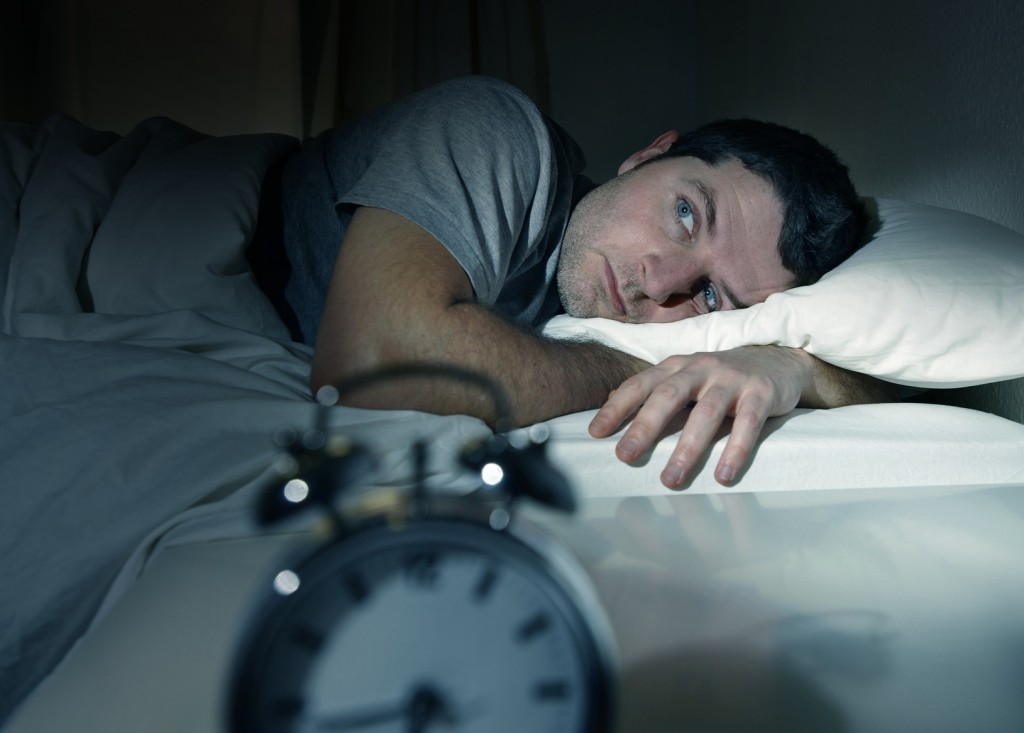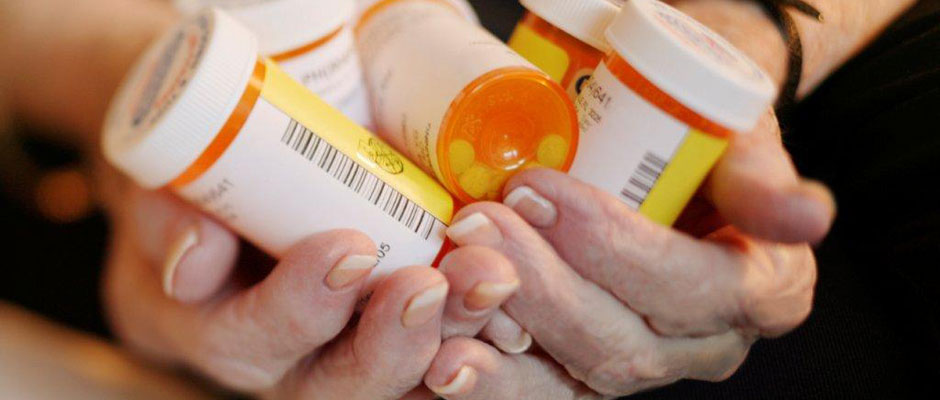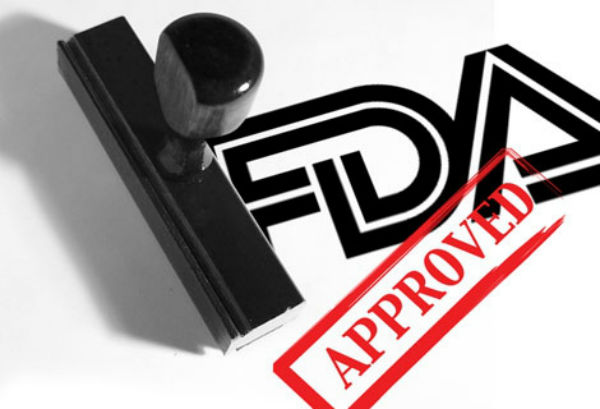ADHD
Pharmaco-EEG: A Study of Individualized Medicine in Clinical Practice
Ronald J. Swatzyna, Gerald P. Kozlowski, and Jay D. Tarnow
Abstract
Pharmaco-electroencephalography (Pharmaco-EEG) studies using clinical EEG and quantitative EEG (qEEG) technologies have existed for more than 4 decades. This is a promising area that could improve psychotropic intervention using neurological data. One of the objectives in our clinical practice has been to collect EEG and quantitative EEG (qEEG) data. In the past 5 years, we have identified a subset of refractory cases (n = 386) found to contain commonalities of a small number of electrophysiological features in the following diagnostic categories: mood, anxiety, autistic spectrum, and attention deficit disorders, Four abnormalities were noted in the majority of medication failure cases and these abnormalities did not appear to significantly align with their diagnoses. Those were the following: encephalopathy, focal slowing, beta spindles, and transient discharges. To analyze the relationship noted, they were tested for association with the assigned diagnoses. Fisher’s exact test and binary logistics regression found very little (6%) association between particular EEG/qEEG abnormalities and diagnoses. Findings from studies of this type suggest that EEG/qEEG provides individualized understanding of pharmacotherapy failures and has the potential to improve medication selection.
FDA Approval of EEG Aid for ADHD
There has been a lot of discussion since the FDA announced approving a new medical device just approved to assist in the diagnosis of ADHD in children and adolescents. “The device, the Neuropsychiatric EEG-Based Assessment Aid (NEBA) System, is based on electroencephalogram technology, which records different kinds of electrical impulses given off by neurons in the brain and the number of times the impulses are given off each second. The NEBA System is a 15- to 20-minute noninvasive test that calculates the ratio of two standard brain-wave frequencies, known as theta and beta waves; the ratio has been shown to be higher in children and adolescents with ADHD than in those without it, according to FDA” (http://alert.psychiatricnews.org/2013/07/ fda-approves-device-to-help-diagnose.html). However, the use of this technology to assist in the diagnosis of ADHD is not new.
David Rabiner, Ph.D. (Senior Research Scientist, Duke University) published a report (Attention Research Update April 2001) titled “New Support for the Use of qEEG scanning in Diagnosing ADHD” (http://www.helpforadd.com/2001/april.htm). This report acknowledged utilizing the measure of the ratio of theta to beta waves in the prefrontal cortex as a marker for ADHD (ages 6-20). Therefore the technology is not new, and although the NEBA System is helping to bring scientific evidence into the realm of psychiatric diagnosis, there is more to it then has been discussed thus far.
Technology Helps Explain Medication Failure
In almost every area of medicine, doctors can order tests to provide objective physical data to guide their medication selection. However, the practice of psychiatry is most often based on observation, self-report and psychological testing. It appears that we are better at measuring impairment than we are at identifying the source and prescribing an effective medication. Is there a way we can do better?
The director of the National Institute of Mental Health, Tomas Insel, suggests there are many medicines, but they are not working adequately. This is because the symptoms of mental illness are too illusive and are shared by many diagnoses. Insel (2012) says, “It’s much harder to fix something if you don’t know what is going wrong.” Medications are being prescribed to treat a set of symptoms suggestive of a specific disorder without any objective evidence of the cause. Additionally, the practice of polypharmacy has become way too common in children and adolescents.
Pharmaceutical industry advertising promotes adding a medication when the first medication fails to produce the desired results (i.e., adding Abilify to your antidepressant). The message is that when one medication fails, keep adding more in an effort to address the additional symptoms. Each additional medication increases the risk of side effects. It is not uncommon for children to come to us with several medications prescribed. Last month, for example, we saw a 9-year-old female with prescriptions for Olanzapine three times a day, Lithium Carbonate daily and Amphetamine Salts three times a day. Also, a 10-year-old male came to us on Focolin three times a day, Seroquel twice a day, Lexipro daily and Zyprexa daily. If there was a way to determine why a medication failed, would it not be prudent to investigate why? If current technology could help?
Association between ADHD and intensity of sunlight: Can ADHD be prevented?

Nijmegen, March 26th, 2013 – A study published today in Biological Psychiatry sheds new light on the increasing rates (prevalence) of attention-deficit/hyperactivity disorder, known as ADHD. Children with ADHD have problems with inattention, distractibility, disorganization, impulsiveness, and overactivity. This study found that “sunny” regions with high solar intensity, such as the US states of California, Arizona, and Colorado, and countries like Spain and Mexico have lower prevalence of ADHD. An apparent protective effect of sunlight accounted for 34-57% of the variance in ADHD prevalence. The authors speculate that this may be related to sunlight’s effects on preventing circadian rhythm (“biological clock”) disturbances. These results suggest ways to prevent or treat ADHD for a substantial sub-group of patients…
Read the full PDF paper “Geographic Variation in the Prevalence of Attention-Deficit/Hyperactivity Disorder: The Sunny Perspective” by Martijn Arns, Kristiaan B. van der Heijden, L. Eugene Arnold, and J. Leon Kenemans.
The Effects of QEEG-Informed Neurofeedback in ADHD: An Open-Label Pilot Study

Martijn Arns • Wilhelmus Drinkenburg • J. Leon Kenemans
Abstract In ADHD several EEG biomarkers have been described before, with relevance to treatment outcome to stimulant medication. This pilot-study aimed at personalizing neurofeedback treatment to these specific sub-groups to investigate if such an approach leads to improved clinical outcomes. Furthermore, pre- and post-treatment EEG and ERP changes were investigated in a sub-group to study the neurophysiological effects of neurofeedback. Twenty-one patients with ADHD were treated with EEG-informed neurofeedback and post-treatment effects on inattention (ATT), hyperactivity/impulsivity (HI) and comorbid depressive symptoms were investigated. There was a significant improvement for both ATT, HI and comorbid depressive complaints after QEEG-informed neurofeedback. The effect size for ATT was 1.78 and for HI was 1.22. Furthermore, anterior individual alpha peak frequency (iAPF) demonstrated a strong relation to improvement on comorbid depressive complaints. Pre- and post-treatment effects for the SMR neurofeedback sub-group exhibited increased N200 and P300 amplitudes and decreased SMR EEG power post-treatment.
This pilot study is the first study demonstrating that it is possible to select neurofeedback protocols based on individual EEG biomarkers and suggests this results in improved treatment outcome specifically for ATT, however these results should be replicated in further controlled studies. A slow anterior iAPF at baseline predicts poor treatment response on comorbid depressive complaints in line with studies in depression. The effects of SMR neurofeedback resulted in specific ERP and EEG changes.
Read the full text here The Effects of QEEG-Informed Neurofeedback in ADHD:
An Open-Label Pilot Study – This article is published with open access at Springerlink.com Applied Psychophysiology and Biofeedback. doi: 10.1007/s10484-012-9191-4
QEEG-guided Neurofeedback: New Brain-based Individualized Evaluation and Treatment for Autism

by James Neubrander, MD, Michael Linden, PHD, Jay Gunkelman, QEEGd, and Cynthia Kerson, PHD
QEEG-guided neurofeedback is based on normalizing dysregulated brain regions that relate to specific clinical presentation. With ASD, this means that the approach is specific to each individual’s QEEG subtype patterns and presentation. The goal of neurofeedback with ASD is to correct amplitude abnormalities and balance brain functioning, while coherence neurofeedback aims to improve the connectivity and plasticity between brain regions. This tailored approach has implications that should not be underestimated. . . . Clinicians, including the authors, have had amazing results with ASD, including significant speech and communication improvements, calmer and less aggressive behavior, increased attention, better eye contact, and improved socialization. Many of our patients have been able to reduce or eliminate their medications after completion of QEEG-guided neurofeedback.
Congratulations Martijn Arns on your Phd

Dr Arns is a great friend of Bio-Medical & qEEGSupport.com and we would like to wish him congrats on his Phd!
Last Friday he defended his PhD titled: “Personalized Medicine in ADHD and Depression: A quest for EEG treatment predictors” with success!
For those of you interested, you can download a PDF of his 282 page PhD on http://www.brainclinics.com/page/5/course-calendar.html on the bottom of the page. You can also register under ‘Community’, where you can access all PDF’s of the articles and powerpoint presentations: http://www.brainclinics.com/page/11/community.html
Martijn’s dissertation far exceeds the quantity of work seen in PhD dissertations, covering a breadth and depth generally not seen from any less qualified than a full professor. His review of the literature, providing of a meta-analysis of the use of NF in ADHD lays the basis for the current level of acceptance NF in ADHD has achieved within the Neurosciences. His work also includes the prediction of medication response in ADHD and Depression, as well as the application of rTMS to depression, and an investigation into personalizing the rTMS stimulation paradigm. Seldom is such a breadth or depth of work seen in a PhD dissertation, as it generally would be too much work to finalize such an endeavor.
Martijn went back into the historic EEG literature far enough to gain insight into some of the reductionistic errors that the early days of qEEG created in our ability to understand the very nature of some of the pathologies we are currently studying. His dissertation disentangles the presence of slowed alpha from true theta rhythm, and also tests prospectively the EEG Phenotype model, integrating it with the European Vigilance model, and postulating biomarkers that predict clinical approaches.
It is easy to see why Martijn has gained such prominence in the neuromodulation field at such a young age (compared to me he is very young… but so is almost everyone else!)
New Study Shows – The increase in theta/beta ratio on resting-state EEG in boys with attention-deficit/hyperactivity disorder is mediated by slow alpha peak frequency
Abstract
Attention-deficit/hyperactivity disorder (ADHD) was found to be characterized by a deviant pattern of electrocortical activity during resting state, particularly increased theta and decreased beta activity.
The first objective of the present study is to confirm whether individuals with slow alpha peak frequency contribute to the finding of increased theta activity in ADHD. The second objective is to explore the relation between resting-state brain oscillations and specific cognitive functions. From 49 boys with ADHD and 49 healthy control boys, resting-state EEG during eyes open and eyes closed was recorded, and a variety of cognitive tasks were administered. Theta and beta power and theta/beta ratio were calculated using both fixed frequency bands and individualized frequency bands. As expected, theta/beta ratio, calculated using fixed frequency bands, was significantly higher in ADHD children than control children. However, this group effect was not significant when theta/beta ratio was assessed using individualized frequency bands. No consistent relation was found between resting-state brain oscillations and cognition. The present results suggest that previous findings of increased theta/beta ratio in ADHD may reflect individuals with slow alpha peak frequencies in addition to individuals with true increased theta activity. Therefore, the often reported theta/beta ratio in ADHD can be considered a non-specific measure combining several distinct neurophysiological subgroups such as frontal theta and slowed alpha peak frequencies.
Neurofeedback Demonstrated on “The Doctors”
On this episode of the Doctors Dr Michael Linden helps “Noah” with his ADD. Part 1 of this story give a bit of information about what Noahs parents have been dealing with and the struggle they face with deciding whether or not to medicate their young child.
In Part 2 you see how Noah parents learn there are alternatives to Ritalin and other drugs that may be given to their child. Learn about how Neurofeedback and EEG Brain Mapping may be able to help without the use of dangerous pharmaceutical drugs.
Dr. Linden is a Clinical Psychologist and Nationally Certified in Neurofeedback and Biofeedback. He is the director of The Attention Learning Center, which has offices located in San Juan Capistrano, Irvine and Carlsbad, California.
Dr. Linden is a regular contributor to the Journal of Neurotherapy and has been a speaker in many seminars and conferences related to ADD/ADHD and neurotherapy.



